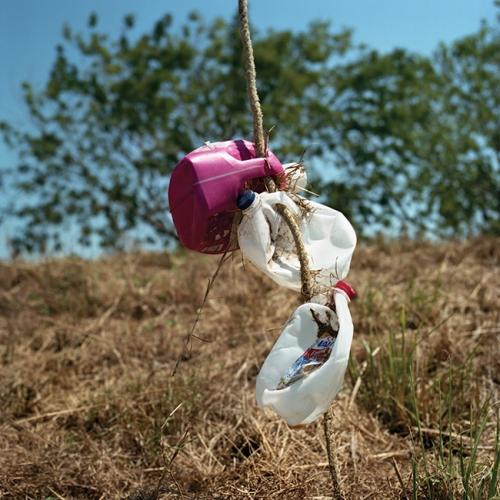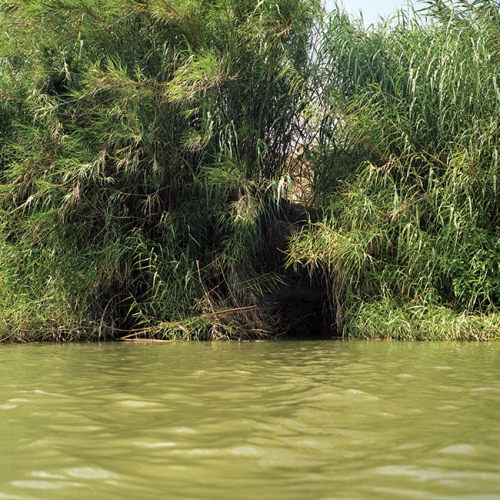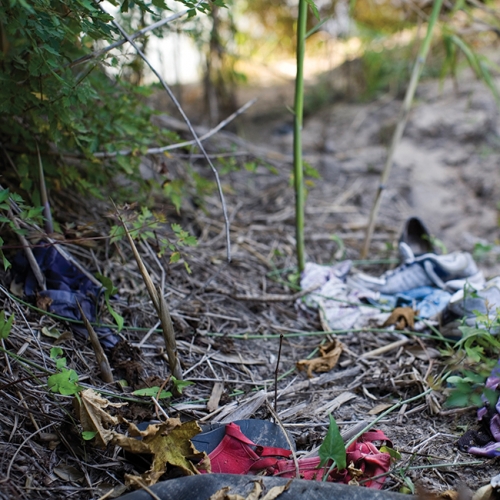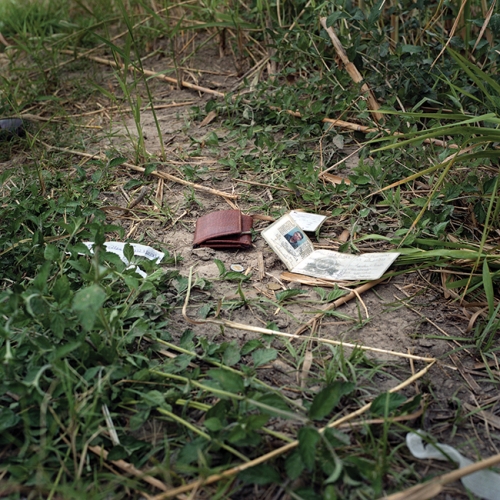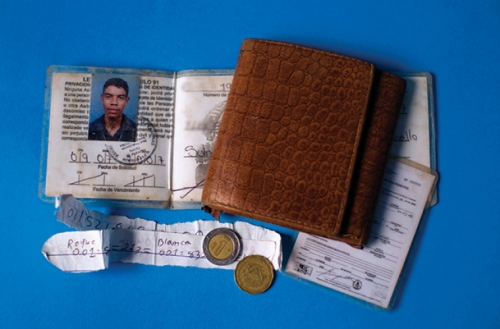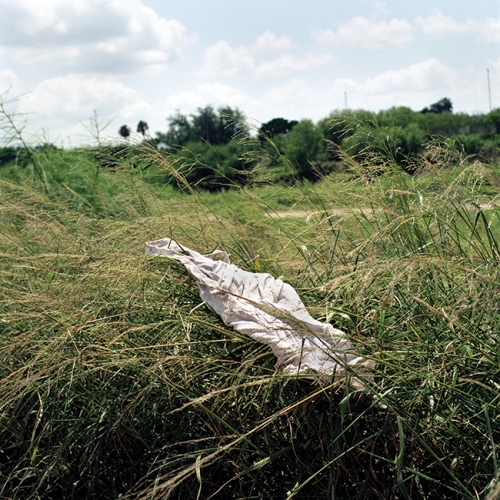Susan Harbage Page was walking along the Rio Grande on the United States-Mexico border when she found a wallet abandoned on the riverbank. “There was a photo and a passport and a name,” she says. “He was nineteen. I had a son who was nineteen at the time.”
She was standing in the spot many immigrants first see when they cross the southern border into the States. They swim across the river, sometimes ferrying babies and small children on homemade floats. Then they toss away their wet clothes and identification and do their best to disappear.
“This person was from Honduras, so we know he had to cross the southern border of Mexico—which is even more perilous than our border—and then come all the way north. At that point, his ID was going to do him more harm than good. He probably ditched it so that if he did get picked up by the Border Patrol, he would only get sent back across the border instead of all the way to Honduras.”
The wallet was one of the first objects Page photographed for her project, Walking the Border, which documents the detritus of a massive migration north through Mexico into the United States. Since then she’s photographed and preserved hundreds of items—river-muddy clothes, mangled flotation devices, spent bullets. “It’s really powerful when you see it and you realize what it is,” she says. “You realize that someone was going north. And they gave up a lot to do that.”
Page sometimes chats with the Border Patrol while she’s walking. Sometimes they’re friendly, she says, sometimes not. Some have threatened to arrest her or followed in helicopters. “It’s really become a no-man’s-land,” she says. “It’s becoming more and more dangerous.”
After every trip, Page adds to the archive she’s building. Hairbrushes, detention center bracelets, undergarments, aftershave lotion, eye shadow—intensely personal items that you’d usually only see if you were close to the person who owned them. “When was the last time you saw a toothbrush on the street?” she asks.


